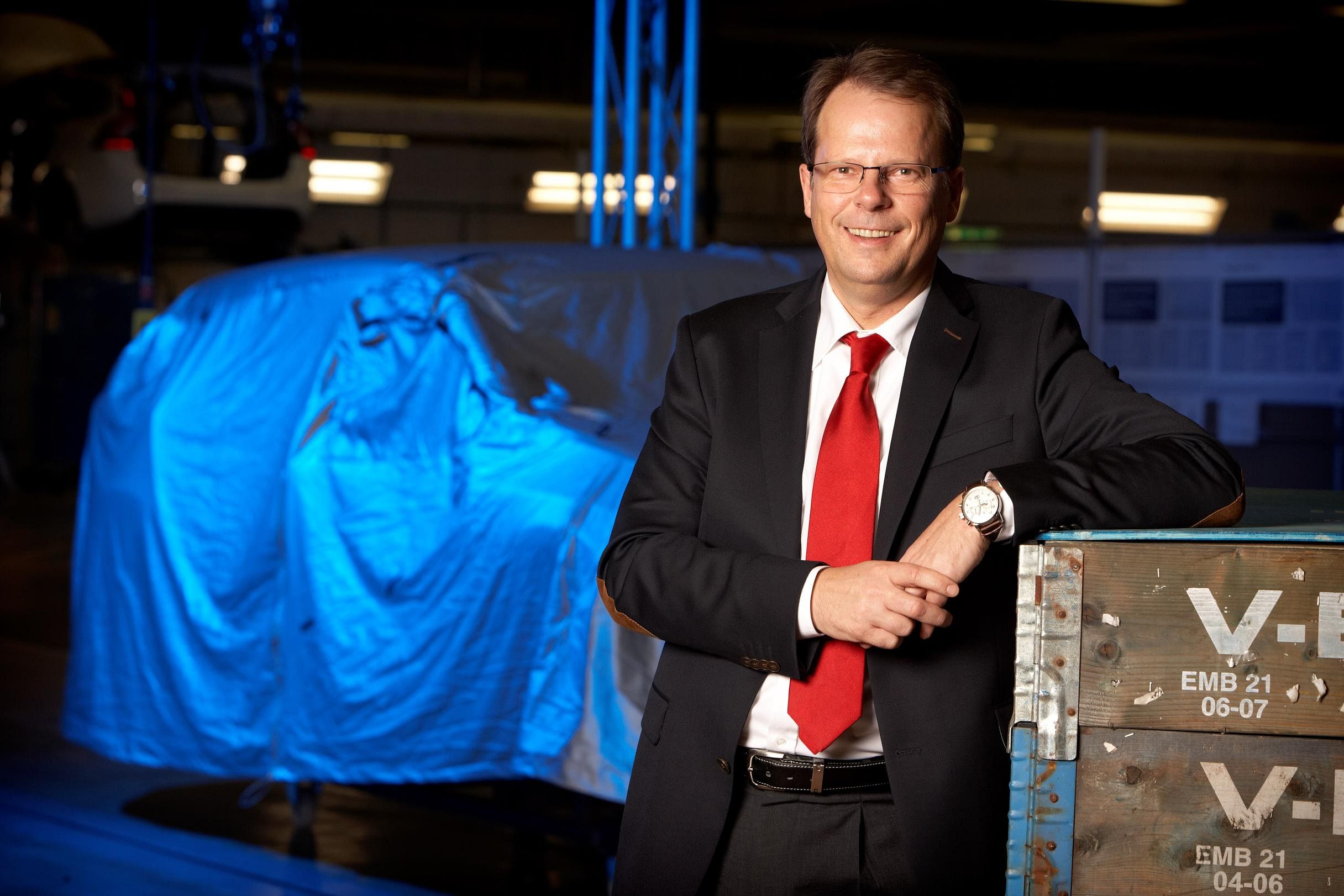Volvo uses world’s most advanced chassis simulator to develop its next-gen cars
The simulator allows the carmaker to conduct extremely early stage development work on high speed stability, balance and individual drive mode settings.
Volvo Cars has become the first premium car maker to purchase the world’s most advanced Vi-Grade chassis simulator – the same equipment used by Ferrari and Porsche – to develop next-generation Volvos.
The simulator offers exciting virtual environments including Germany’s renowned Nürburgring as well as test tracks at Volvo Cars’ own secret testing facility in Sweden. It allows the carmaker to conduct extremely early stage development work on high speed stability, balance and individual drive mode settings, leading to the development of cars that are more responsive, more rewarding and even more enjoyable to drive.

“We are making substantial investments in people, technology and facilities in order to redefine the Volvo driving experience. Our aim is to deliver full control, ease and dexterity at the wheel. We will improve drivability across the entire Volvo Cars range,” said Dr Peter Mertens, senior vice-president, Research & Development at Volvo Cars (pictured above).
The Swedish carmaker uses the simulator’s virtual environments to support early development work on high speed stability, balance and individual drive mode settings. The use of simulation means that settings can be rapidly tested combining the experiential judgment of a real driver and computer-aided objective data analysis.
The move heralds a new beginning for Volvo Cars in terms of driving experience, claims Dr Mertens. “We have made some critical investments both in terms of our R&D facilities and in our product components in recent times that are now beginning to pay dividends. Our completely new scalable product architecture (SPA), our modular powertrain program and the latest chassis components are the starting point.”
Speedier innovation
The new simulator means more freedom to innovate in the concept development phase and shorter development time, according to Dr Mertens, enabling a more emotionally resonant driving experience.
“The beauty of the new simulator is that it provides us with the opportunity to physically experience the calculation models and evaluate them using human test drivers, rather than staring at graphs and numbers in a meeting room,” says Stefan Karlsson, Manager Vehicle Dynamics at Volvo Car Group.
RELATED ARTICLES
BYD selects Voestalpine as steel supplier for its Hungarian plant
The announcement of the Austrian steelmaker as a supplier demonstrates BYD’s strategic plan to source from high-quality,...
Skoda lays foundation stone of state-of-the-art paint shop at Mlada Boleslav plant
The new paint shop, which will begin operations in 2029, will have a capacity of up to 1,600 vehicle bodies a day and wi...
Horse Powertrain reveals integrated hybrid powertrain
Unit combines Horse Powertrain’s new 1.8-litre ‘HR18’ engine, its DB45S transmission, a 1.4kWh battery, and 50kW 5DH mot...





 By Autocar Professional Bureau
By Autocar Professional Bureau
 07 Oct 2015
07 Oct 2015
 3331 Views
3331 Views
















